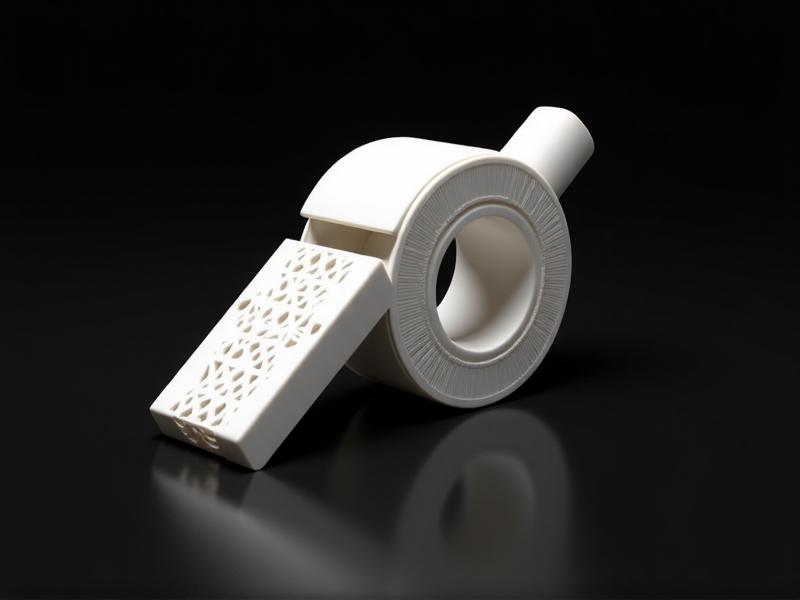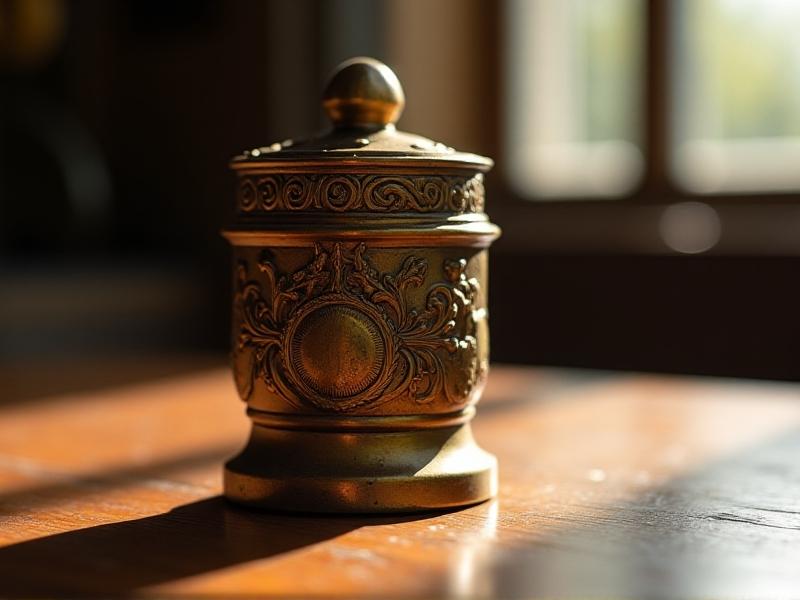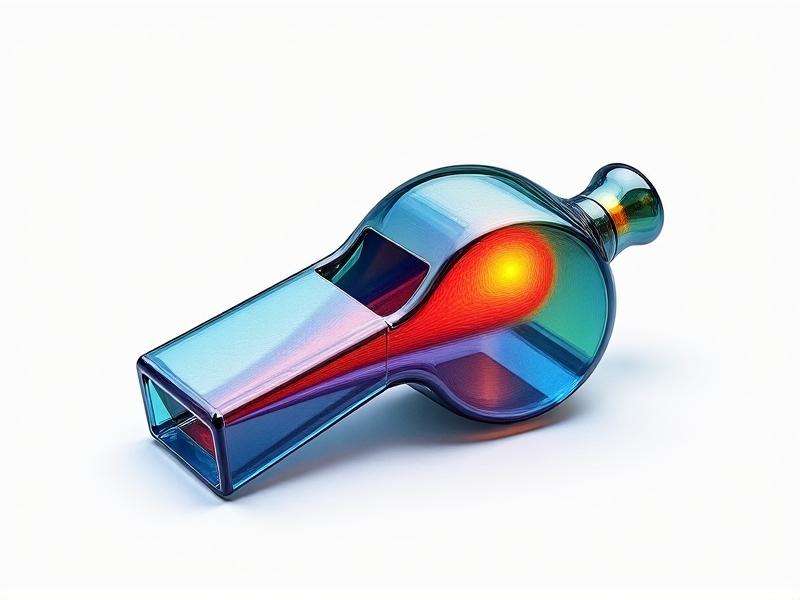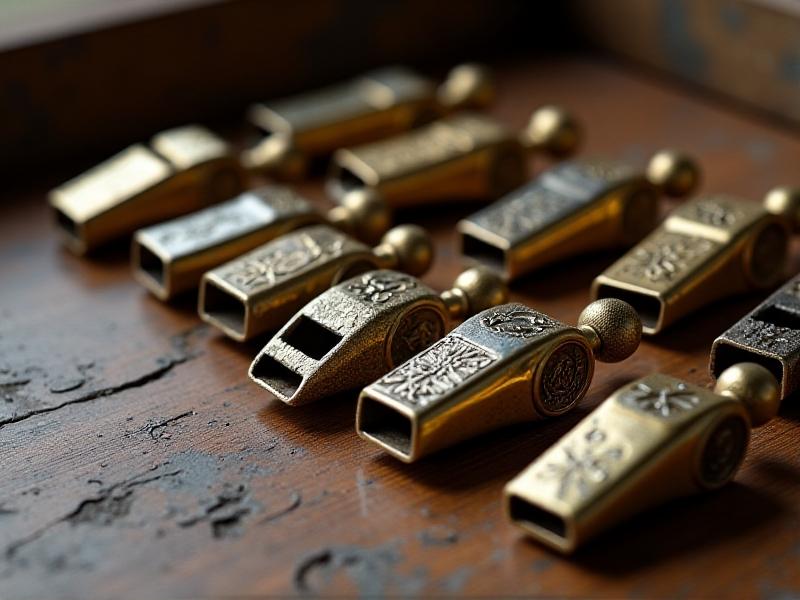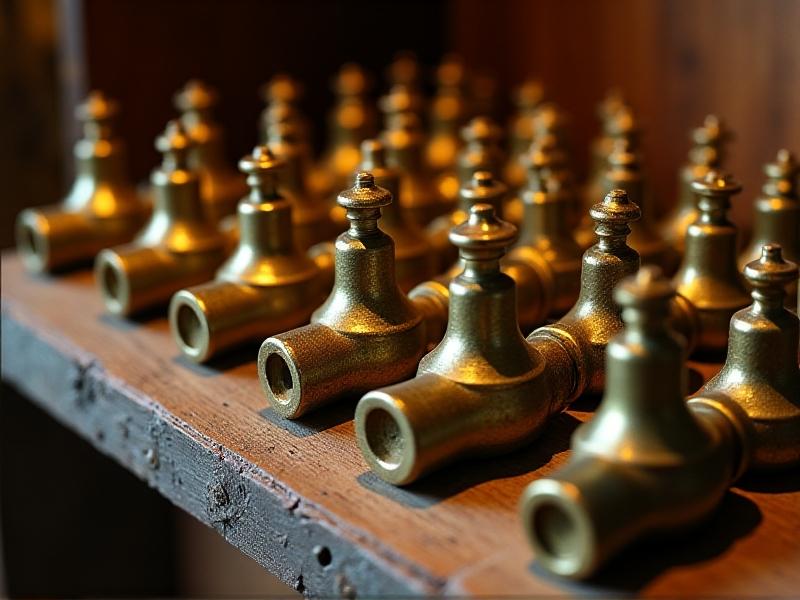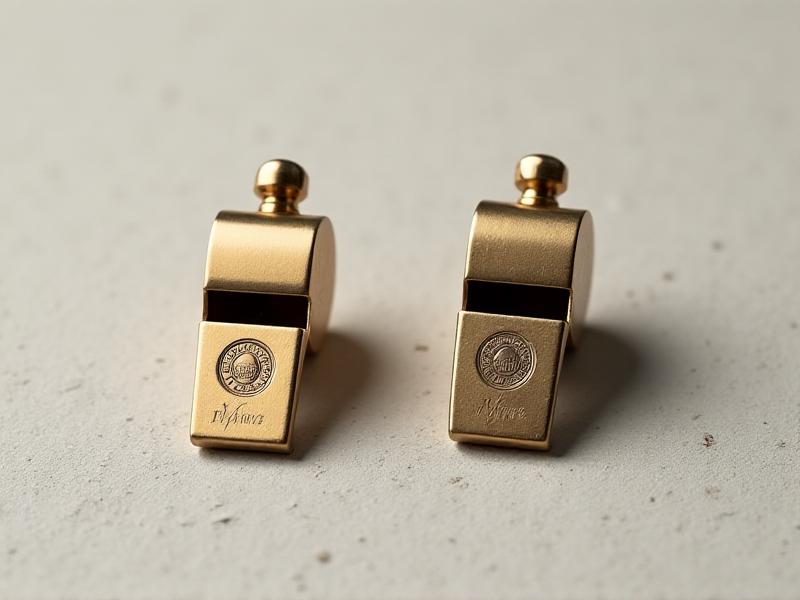Restoring Antique Whistles: Balancing Authenticity and Functionality
The Allure of Antique Whistles: A Journey Through Time
Antique whistles are more than just functional objects; they are artifacts that tell stories of bygone eras. Whether used by police officers, train conductors, or sports referees, these whistles have played a significant role in history. Their craftsmanship, materials, and designs reflect the technological and cultural contexts of their time. Restoring these whistles is not merely about preserving a piece of history but also about reviving the sounds and memories they carry. The challenge lies in balancing authenticity with functionality, ensuring that the whistle remains true to its original form while being usable in the modern world.

Understanding the Materials: The Foundation of Restoration
Antique whistles were crafted from a variety of materials, including brass, nickel, wood, and even ivory. Every material has certain qualities that influence the repair process of the whistle as well as its tone. Brass whistles, for example, often develop a patina over time, which can be preserved or carefully removed depending on the desired outcome. Wooden whistles may require careful cleaning and sealing to prevent further decay. Understanding the material is crucial to determining the appropriate restoration techniques, as improper methods can damage the whistle or diminish its historical value.
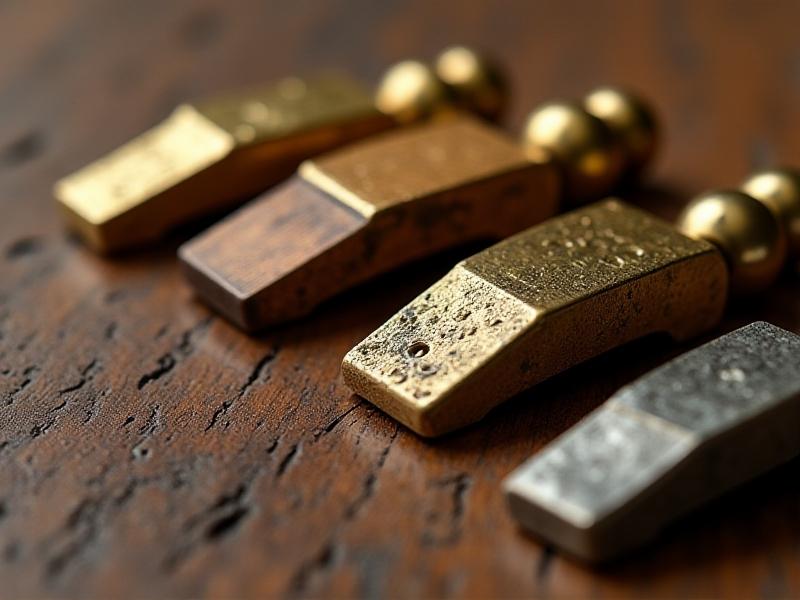
Assessing Condition: The First Step in Restoration
Before any restoration work begins, it is essential to assess the whistle's condition thoroughly. This involves examining the body for cracks, dents, or corrosion, as well as testing the functionality of the internal mechanisms. For whistles with intricate designs or engravings, special care must be taken to avoid damaging these features during cleaning or repair. Documentation of the whistle's original state is also important, as it provides a reference point for the restoration process and ensures that the work aligns with the goal of preserving authenticity.
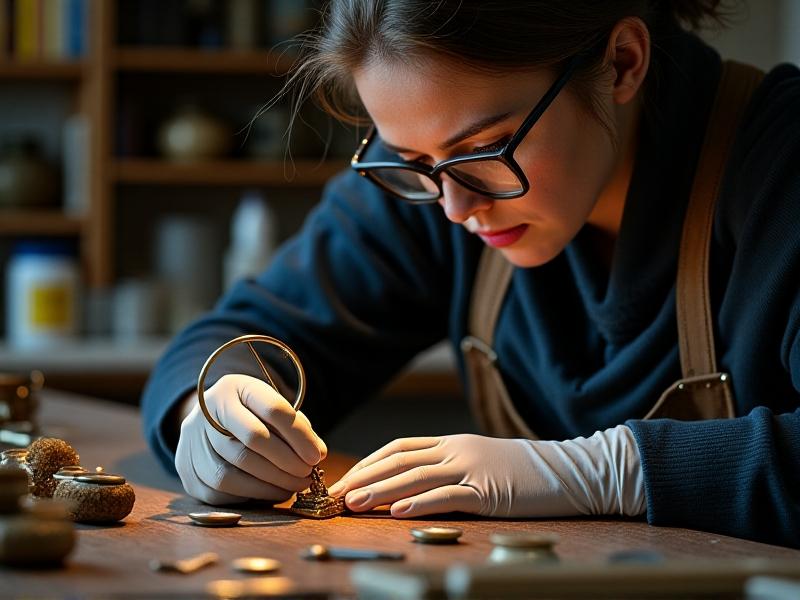
Cleaning Techniques: Preserving Patina While Removing Dirt
Cleaning is often the most delicate part of restoring antique whistles. While it is tempting to restore a whistle to its original shine, doing so can erase the patina that gives it character and historical value. Gentle cleaning methods, such as using a soft cloth and mild soap, are often sufficient for removing surface dirt. For more stubborn grime, specialized cleaning solutions tailored to the whistle's material can be used. The key is to strike a balance between cleanliness and preservation, ensuring that the whistle's history is not erased in the process.
Repairing Damage: Techniques for Structural Integrity
Structural damage, such as cracks or broken parts, can compromise both the functionality and authenticity of an antique whistle. Repairing these issues requires a combination of traditional craftsmanship and modern techniques. For example, small cracks in metal whistles can be filled with epoxy, while wooden whistles may need to be glued and clamped. In some cases, missing parts must be recreated using historical references to ensure accuracy. The goal is to restore the whistle to a functional state without altering its original design or character.
Restoring Sound: The Heart of the Whistle
The sound of an antique whistle is its most defining feature, and restoring it requires a deep understanding of acoustics and mechanics. Internal components, such as the pea or reed, may need to be replaced or repaired to ensure the whistle produces its original tone. Since even small changes can greatly affect the end outcome, it is vital to test the sound all during the restoration process. The challenge is to achieve a balance between historical accuracy and functional sound quality, ensuring that the whistle remains true to its origins while being usable today.
Ethical Considerations: Balancing Restoration and Preservation
Restoring antique whistles raises important ethical questions about the extent to which these artifacts should be altered. While some collectors prefer whistles to be fully functional, others argue that over-restoration can diminish their historical value. Transparency is key; restorers should document their work and communicate openly with clients about the choices made during the process. Ultimately, the goal is to honor the whistle's history while ensuring it can be appreciated and used for generations to come.
Display and Care: Ensuring Longevity After Restoration
Once restored, antique whistles require proper care to maintain their condition. Displaying them in a controlled environment, away from direct sunlight and humidity, can prevent further deterioration. Regular cleaning and occasional maintenance, such as oiling metal parts or resealing wood, can also extend their lifespan. For collectors, proper storage and handling are essential to preserving both the whistle's physical integrity and its historical significance. By taking these steps, the whistle can continue to tell its story for years to come.
The Future of Antique Whistle Restoration
As interest in antique whistles grows, so too does the field of restoration. Advances in technology, such as 3D printing and digital scanning, are opening new possibilities for recreating missing parts or documenting original designs. At the same time, traditional craftsmanship remains at the heart of the process, ensuring that the skills and knowledge of past generations are not lost. By embracing both old and new techniques, restorers can continue to breathe life into these fascinating artifacts, preserving their stories for future generations.
